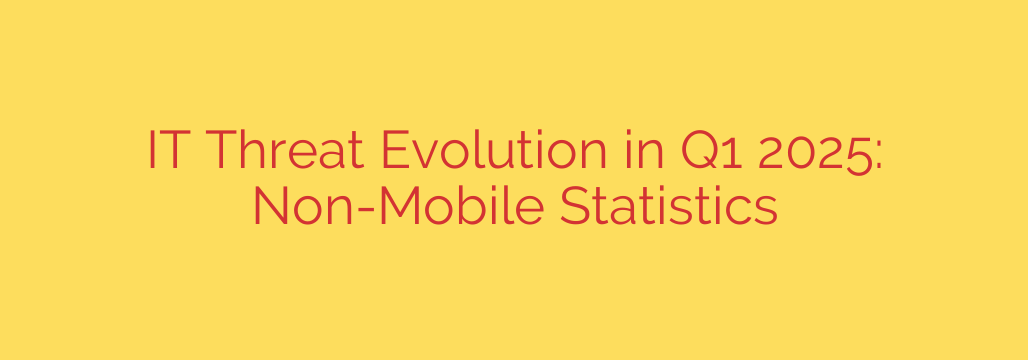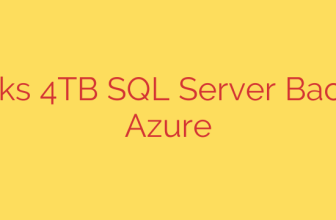
Understanding the dynamic landscape of cyber threats is paramount for safeguarding corporate networks and personal data. As we analyzed the first quarter of 2025, several key trends emerged concerning non-mobile threats that demand attention.
The period saw a persistent and evolving barrage of malware targeting traditional IT infrastructure. While overall infection attempt volumes fluctuated, the sophistication of attack techniques continued to rise. Exploits for known vulnerabilities remained a significant attack vector, highlighting the critical need for timely patching and vulnerability management. Threat actors are clearly leveraging gaps in security defenses before patches are widely applied or systems updated.
Phishing attacks continued to be a primary entry point into organizations. These campaigns are becoming increasingly tailored and convincing, often leveraging current events or business-specific contexts to lure victims. Beyond email, phishing attempts were also observed across other platforms used for communication within enterprises.
Analysis also showed specific shifts in the distribution and prevalence of certain malware families. While established threats persisted, new variants and completely novel malicious programs were detected, demonstrating the constant innovation among cybercriminals. Ransomware threats, though perhaps not always dominating headlines with massive widespread campaigns, remained a potent danger, focusing on targeted attacks against high-value organizations for maximum impact.
Geographically, the distribution of these threats varied, with certain regions and industries experiencing higher rates of specific attack types. Sectors like government, healthcare, and manufacturing frequently appeared as targets, underscoring their attractiveness to threat actors seeking sensitive data or critical operational disruption.
In summary, Q1 2025 data on non-mobile threats reinforces the need for multi-layered security defenses. This includes robust endpoint protection, proactive vulnerability management, comprehensive threat intelligence, and continuous employee training on recognizing and reporting suspicious activity. Staying ahead requires vigilance and a commitment to adapting security strategies against an ever-evolving threat landscape.
Source: https://securelist.com/malware-report-q1-2025-pc-iot-statistics/116686/








